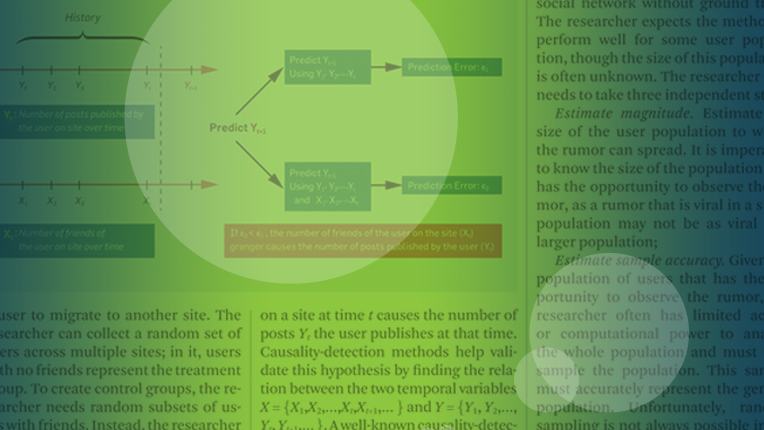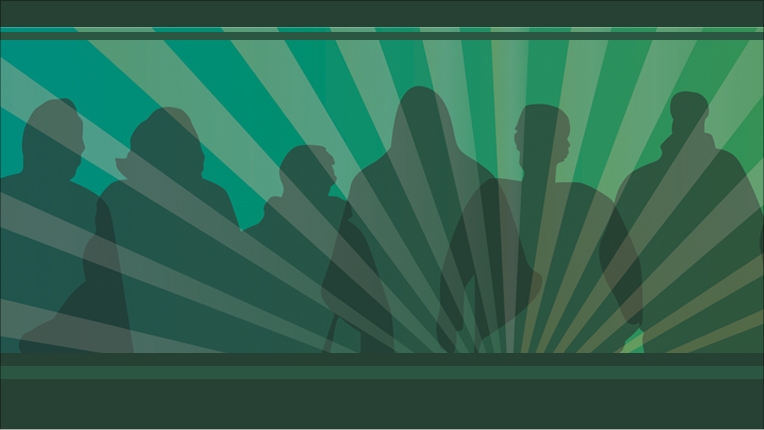Guidance For Authors On Fair Use
Certain uses of copyrighted material may be made without obtaining permission from the copyright holder under the Fair Use exception in section 107 of the US Copyright Act. Specifically, this section allows limited use of copyrighted work without permission for purposes such as criticism, comment, news reporting, teaching, scholarship, and research--subject to consideration of a set of factors set out in Section 107 that must all be weighed together on balance to determine whether or not a particular use is a Fair Use.
This Guidance is intended to help authors understand what elements may favor a determination that a use is fair. Unfortunately there are no "bright line" rules that govern when a use is a "fair" use for which permission from the owner is not required. Should an owner object to the use, the case can only be decided by a court.
The points below are intended to help ACM authors understand the Fair Use factors which are used by courts to decide Fair Use cases and apply them to their own cases. Many university libraries provide help to faculty and students in this matter; please consult your university librarian.
The specific factors considered in Fair Use cases are:
- The Purpose and Character of the Use: nonprofit educational use is more favorable to a finding of Fair Use than commercial use (but work that is commercially available specifically for the educational market is less favorable to a finding of Fair Use).
- The Nature of the Original Work:
- copying from unpublished works is less favored;
- copying factual elements of works is more likely to be Fair Use than copying creative or original elements of works
- The Amount: use of a small/less substantive part of a work is more likely to favor Fair Use than a large or substantive portion.
- The Effect on the Market: reuse in a manner that hurts the value or potential market for the original is less likely to favor Fair Use.
But remember, even in the event an author relies on Fair Use, third-party material should still be attributed and/or cited for proper scholarship and to avoid a potential charge of plagiarism. ACM requires that all non-textual third-party material be noted in the ACM e-Rights Management Forms with proper attribution in the image or its label in the final paper.
In the context of scholarly writing, most people understand that short textual quotations from other works are likely considered Fair Use and do not require permission from the owner, though ACM still requires that a citation be given.
Use of figures, charts, tables, photos, and artwork requires consideration of more variables.
Favorable to a finding of Fair Use under the Section 107 analysis:
- Copying a single chart or table with attribution from a previously published paper in order to compare its results to yours.
- Showing an image of a website home page in order to discuss, critique, or analyze its design.
- Republication of public domain images does not require permission; no copyright attaches to public domain material, though citation is required in accordance with ACM guidelines.
- Parody or criticism of third-party images.
- Transformative use of an image that changes the original to provide a new benefit to the public.
- Use of third-party images for an oral presentation at conferences or in classrooms (but not a recording of such presentation).
- Creating low-resolution thumbnails of copyrighted images that serve a completely different purpose than the original images.
- Use of screenshots only for the purpose of critique.
Unfavorable to a finding of Fair Use under the Section 107 analysis:
- Using any graphic images from a website or another author’s work to illustrate a point in your paper (but not to study, critique, or comment on those images) --you would need permission or to find images that have been licensed for free use.
- Videos made of an oral presentation and incorporation of images used in such oral presentation into a paper for subsequent publication and distribution.
- Using thumbnails created by someone else, as well as any use of high-resolution thumbnails that can be enlarged to original dimensions without losing definition
- Use of screenshots to illustrate a point (in contrast to use of a screenshot for purposes of critique). Terms of Service on a website often specify what uses can be made of images found on the site and of screenshots of the sites’ pages.
- Redrawing a figure does not change the Fair Use analysis; the figure cannot be used without permission just because it is redrawn.
Publish with ACM
ACM's prestigious conferences and journals seek top-quality papers in all areas of computing and IT. It is now easier than ever to find the most appropriate venue for your research and publish with ACM.

Lifelong Learning
ACM offers lifelong learning resources including online books and courses from Skillsoft, TechTalks on the hottest topics in computing and IT, and more.

